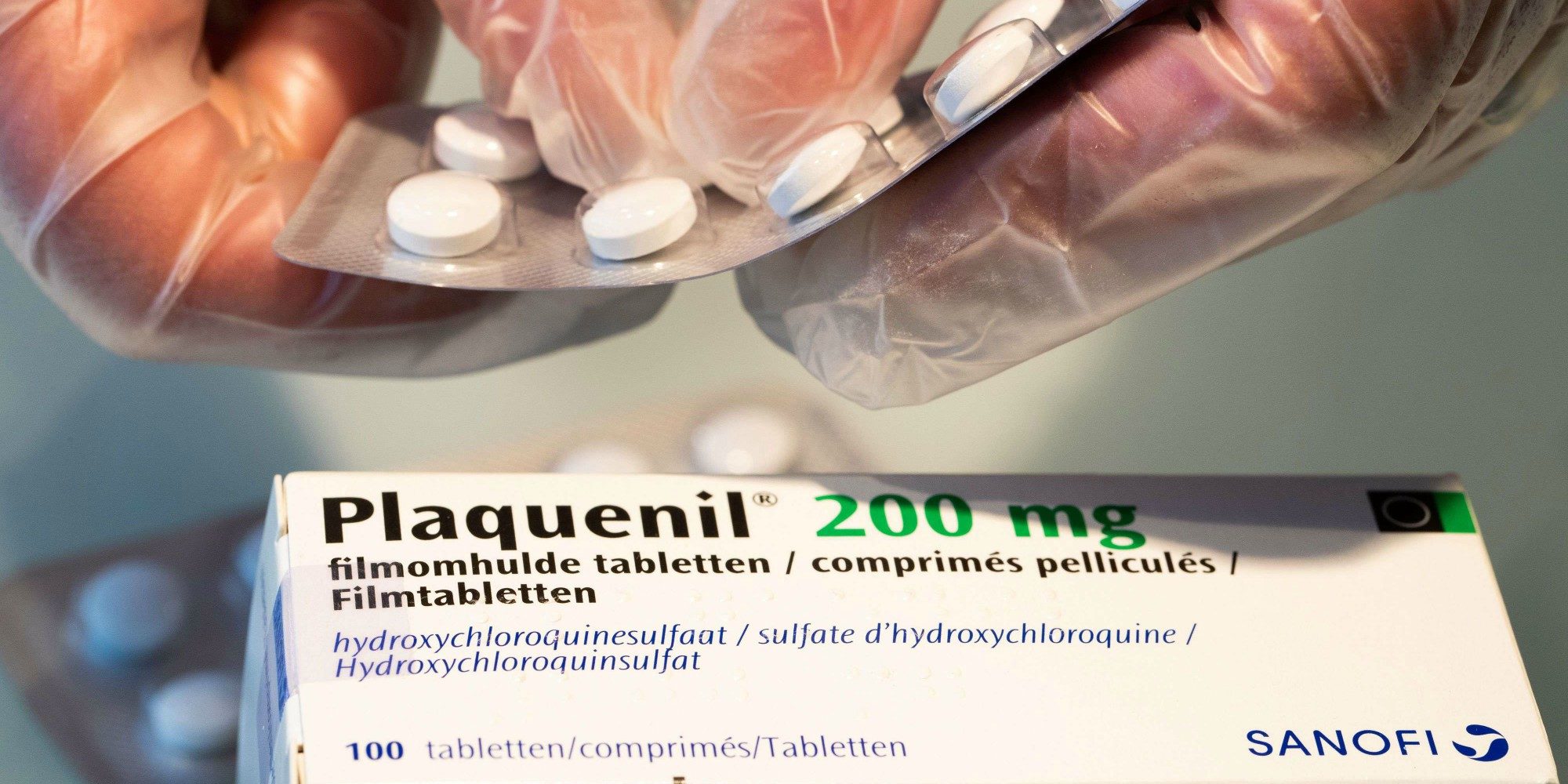OF THE
TIMES
We'll know our disinformation program is complete when everything the American public believes is false.
My brother-in-law - a wonderful man - went through this stage of living in a constant dream world not long before my sister-in-law had to realize...
Absolutely no money laundering going on here....
Standup comedy. He's got a substantial repertoire of Russky jokes.
Pretty much my whole life, I've told people overseas that I'm not "American", I'm from Texas, and that Texas is not actually part of the U.S....
Insurance based on innuendo, great policy.
To submit an article for publication, see our Submission Guidelines
Reader comments do not necessarily reflect the views of the volunteers, editors, and directors of SOTT.net or the Quantum Future Group.
Some icons on this site were created by: Afterglow, Aha-Soft, AntialiasFactory, artdesigner.lv, Artura, DailyOverview, Everaldo, GraphicsFuel, IconFactory, Iconka, IconShock, Icons-Land, i-love-icons, KDE-look.org, Klukeart, mugenb16, Map Icons Collection, PetshopBoxStudio, VisualPharm, wbeiruti, WebIconset
Powered by PikaJS 🐁 and In·Site
Original content © 2002-2024 by Sott.net/Signs of the Times. See: FAIR USE NOTICE

My sense is that different reactions are occurring in ICUs - perhaps according to people's immune responses. We live in the era of attacked, corrupted and undermined immune systems BY medical and other chemicals and exposures.
However I paste a comment from someone that felt plausible and worthy of considering:
shirley3349: (On Malcolm Kendrick's blog).
People with fevers are often peripherally shut down. Their skin goes cold and slightly blue, because the blood has been redirected to their major organs to keep them working properly under the strain. If you take their peripheral temperature, it may be well below normal while the central temperature remains very high. Violent shivering often ensues, known as a rigor.This causes the central temperature to rise still higher, often to dangerous levels. But if one physically cools the patient using fans or warm water, one has to be very careful not to make the situation worse by increasing the peripheral shut down. We only did this occasionally thirty years ago and I think it is done even less now. Drugs are used instead to bring the temperature down by manipulating the control centre in the brain. If this is successful, the patient sweats heavily to bring the temperature down and the peripheral circulation and the patient’s colour is restored to near normal. But when the effect of the drugs wears off, whole cycle may repeat itself many times until the infection is overcome.This may explain the paradox. The oxygen saturation of the blood supplying the major organs in this situation is far nearer to normal than that measured by the monitor, which is usually clipped to a finger. The peripheral circulation has a poor blood flow which gets depleted of oxygen quickly hence the very low reading. An accurate central reading can only be obtained by sampling blood from a central arterial line.
The brain must be getting enough oxygen if the patient is fully conscious. The advice when working with seriously ill patients was always: ‘watch the patient, not the monitor.’
I can only explain the response of the medical staff by the fact that they are not used to caring with patients with very high fevers with peripheral shutdown in the Intensive care ward.
The backstory I read here is of a loss of clinical expertise - (and nursing as a relational context for healing) - to drug and equipment wielding technicians - who are not trained with faith in life but to step in and take over in suppressing fever and a lot else as a way of operating 'standard of care'.
Clinical acuity and expertise is not part of doctor's training.
I predict that for the poor, doctors will be soon replaced by robotic services.
Flattening the curve will make two distinct branches of human beings.
Those who flatten, and those not allowed to rise.
The definers of infection and the managed viruses.
Love heals
I am not addressing the self imaged body here but the split mind of victim and victimiser.